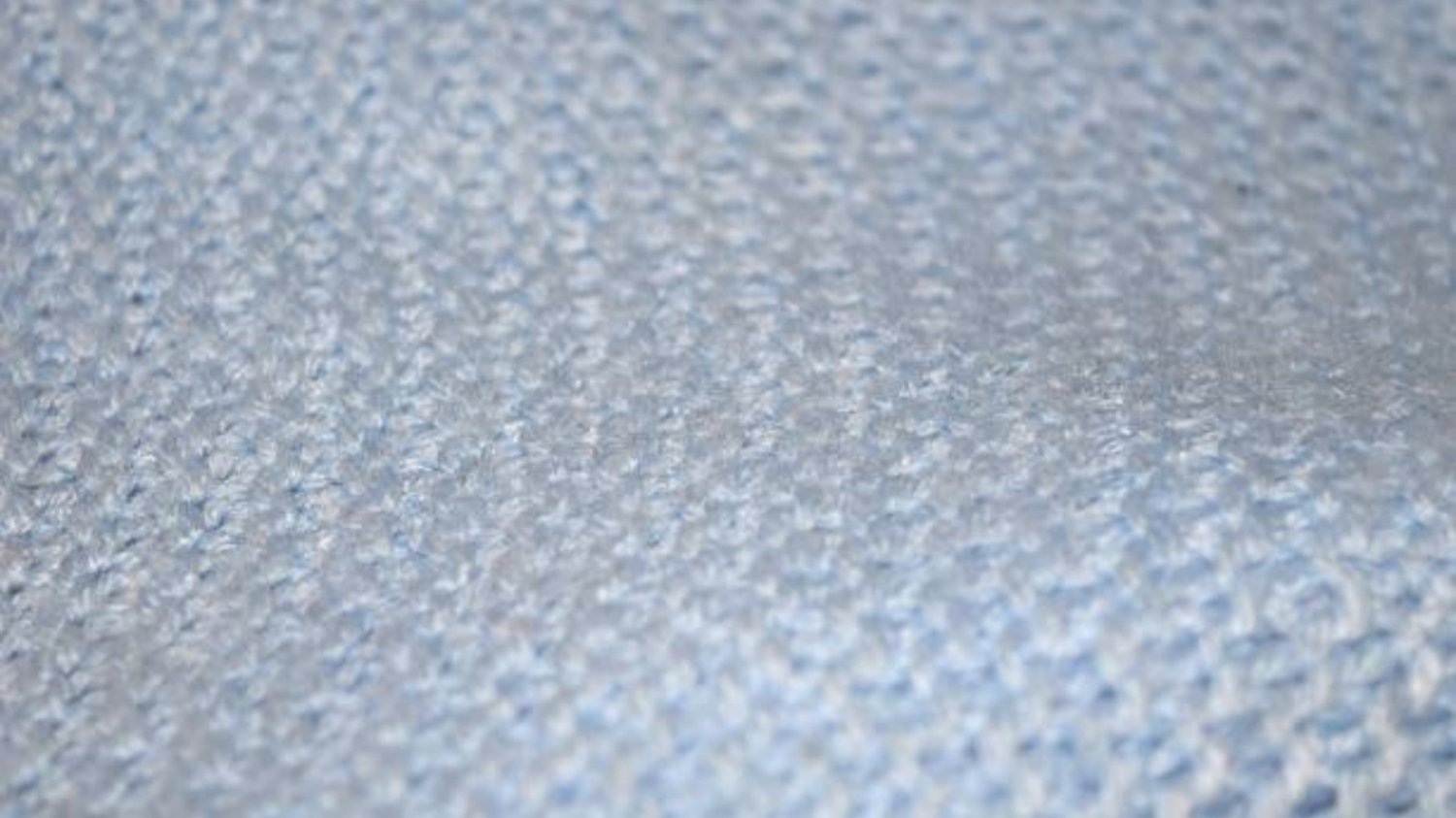The Pros and Cons of Using Polyester Blend Fabric for Sofas
Choosing the right fabric for your sofa is essential for both comfort and durability. With so many options available, it can be overwhelming to make a decision. One popular choice is polyester blend fabric, which offers a balance of affordability and performance. In this article, we will explore the advantages and disadvantages of using a polyester blend fabric for sofas.
1. Durability
Polyester blend fabric is known for its durability. The combination of polyester and other fibers creates a strong and resilient material that can withstand daily wear and tear. This makes it a suitable choice for busy households or homes with children and pets. The fabric is less likely to fade, stretch, or wrinkle compared to other materials.
2. Easy Maintenance
One of the advantages of polyester blend fabric is its low maintenance requirements. It is resistant to stains and easy to clean, making it an ideal option for households with children or pets. Most spills can be wiped away with a damp cloth, and the fabric is less likely to absorb liquids compared to natural fibers. Regular vacuuming or light brushing helps to keep the fabric looking fresh and free from dust and debris.
3. Affordability
Another benefit of polyester blend fabric is its affordability. Compared to natural fibers like cotton or linen, polyester blend fabric is generally more budget-friendly. This makes it an attractive choice for those looking to furnish their homes on a tighter budget. Despite its lower cost, the fabric still offers good durability and performance.
4. Variety of Styles and Colors
Polyester blend fabric comes in a wide range of styles and colors, allowing you to find the perfect match for your sofa and overall home decor. Whether you prefer a classic, traditional look or a modern, contemporary design, there is a polyester blend fabric that suits your style. Additionally, the fabric can mimic the appearance of more expensive materials such as silk or velvet, providing a luxurious feel without the hefty price tag.
5. Allergen Resistance
For individuals with allergies or asthma, polyester blend fabric can be a good choice. The tightly woven fibers make it difficult for dust mites, pet dander, and other allergens to penetrate the fabric. Regular cleaning and maintenance can help further reduce the presence of allergens, making the sofa a comfortable and safe seating option for those with respiratory sensitivities.
6. Breathability
Although polyester blend fabric is not as breathable as natural fibers, it does offer some level of ventilation. The synthetic fibers allow air to circulate, preventing the fabric from becoming too hot or uncomfortable. However, it is important to note that polyester blend fabric may not provide the same level of breathability as materials like cotton or linen.
7. Potential for Pilling
One potential drawback of polyester blend fabric is its tendency to pill over time. Pilling occurs when loose fibers on the surface of the fabric tangle together, creating small balls or pills. While regular maintenance and proper care can minimize pilling, it is still something to consider when choosing polyester blend fabric for your sofa.
8. Static Electricity
Static electricity can be another issue with polyester blend fabric. The synthetic fibers have a higher tendency to generate static, especially in dry environments. This can lead to discomfort or annoyance when sitting on the sofa. However, using fabric softeners or anti-static sprays can help reduce static electricity.
9. Heat Sensitivity
Polyester blend fabric is more heat-sensitive compared to natural fibers. Excessive heat, such as from direct sunlight or hot objects, can cause the fabric to melt or warp. It is important to keep this in mind when placing your sofa near heat sources. Using protective covers or keeping the sofa away from direct sunlight can help prolong the lifespan of the fabric.
10. Environmental Impact
When considering polyester blend fabric, it is important to note its environmental impact. Polyester is a synthetic material derived from petrochemicals, which means it is not biodegradable. However, choosing fabrics made from recycled polyester or opting for eco-friendly production processes can help reduce the environmental footprint.

